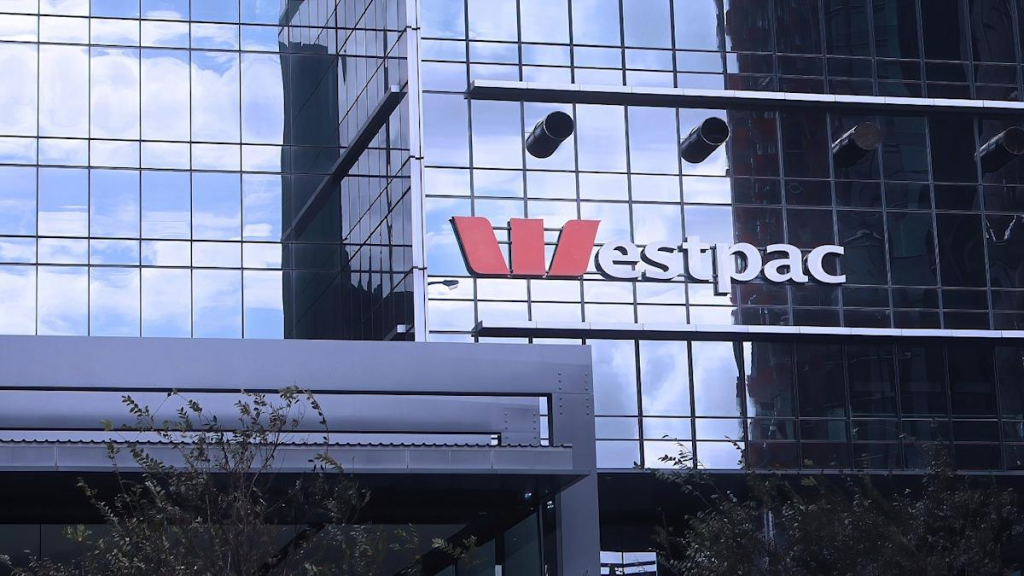Big Bank, Nov 14: $50M Underpayment Scandal Rocks Finance Sector
On November 14, it came to light that a major bank had underpaid its workers by US$50 million. The news stunned many in the finance world. Employees who trusted their employer now feel let down. Investors and customers alike are asking tough questions. This isn’t a small mistake or a one‑time slip‑up. The amount and scale make it a serious issue. The bank’s internal payroll and oversight systems are under the microscope.
Regulators are demanding answers. For dozens of departments and hundreds of staff, the financial shortfall has real consequences. It damages morale, hurts trust. It also shifts the spotlight onto the wider finance sector. If one big bank can face this kind of failure, what about others?
In what follows, we will look at how this underpayment happened, who it affected, and what it means for the bank and the industry at large.
Background of the Big Bank and the Incident

Westpac Banking Corporation (Westpac) is one of Australia’s major banks. Between January 2014 and February 2025, the bank failed to pay correct wages and entitlements to roughly 47,000 employees. The bank’s reputation had been solid until now. But this large‐scale underpayment has brought that into question. The issue began as an internal review in 2020, when Westpac discovered the payroll problems. The revelation has put its systems, governance, and compliance under intense scrutiny.
Discovery of the Underpayment
Westpac uncovered the underpayment during a self‑review in 2020. After finding the issues, it reported them to the Fair Work Ombudsman (FWO). The underpayments spanned more than eleven years. The affected staff included full‑time, part‑time, and casual workers. Many were underpaid for weekend penalties, higher duties, leave, and superannuation. Employees received back payments ranging from less than $5 to over $56,000, with an average payout of around A$1,000.
Financial and Legal Implications
The total back‑payment amounted to about A$50.26 million in wages, plus nearly A$9 million in interest and superannuation. To settle the matter, Westpac agreed to an enforceable undertaking with the FWO. Westpac also made an A$800,000 “contribution payment” to the Commonwealth Consolidated Revenue Fund. The legal issues raise questions about internal controls and accountability among senior management. Weak governance and outdated payroll systems were cited as root causes.
Impact on Stakeholders
For staff, the story is about trust broken and income delayed. Some lost leave entitlements or had incorrect classifications. The payouts provide relief, but the disruption and anxiety linger. For the bank’s shareholders and investors, this scandal threatens confidence. The bank’s brand and perceived reliability took a hit. In the wider finance sector, this case sends a message: large institutions must keep tighter oversight. If one big bank can fall short, others may follow.
Management and Regulatory Response
Westpac publicly apologized, saying: “Paying our people correctly is a fundamental obligation which we take seriously.” The bank also upgraded its systems and promised improved governance. The FWO’s Anna Booth warned other large employers: “The matter serves as a warning of the significant long‑running problems that can result from an employer failing to have appropriate checks and balances.” Part of the enforceable undertaking includes independent audits, dedicated channels for staff to raise concerns, and mandatory training on entitlements.
Analysis: What Went Wrong?
At its core, this incident highlights three failures: weak systems, poor governance, and complacency. Payroll platforms were not updated. Manual workarounds existed for years. Classification errors and allowance mis‑calculations were routine. The bank assumed its size protected it. That belief proved false. The wider lesson: even large firms need robust internal controls and regular checks.
Public and Media Reaction
The media widely reported the case as one of the largest underpayment scandals in Australia’s banking industry. On social platforms, staff and industry watchers expressed anger and disappointment. Many asked: how did this go on for over a decade? Analysts described the incident as symptomatic of system risk in large firms. The message resonated: not just profits matter, but correct payment and fairness do too.
Wrap Up
The Westpac underpayment scandal is more than a financial misstep. It is a signal. It shows that large banks can falter when controls and culture fail. The bank must repair trust, update its systems, and ensure this does not happen again. For the finance sector, the case offers a clear lesson: invest in human systems as much as in tech. Only then can real change happen.
Frequently Asked Questions (FAQs)
Westpac underpaid about $50 million due to payroll errors and miscalculations. The problem happened over several years and was discovered during a self-review in 2020.
Around 47,000 employees, including full-time, part-time, and casual staff, were affected. They missed pay for leave, overtime, and allowances. The issue came to light on November 14, 2025.
The Fair Work Ombudsman made Westpac repay staff and pay an A$800,000 contrition fee. Independent audits and compliance measures were imposed starting from November 2025.
Disclaimer: The content shared by Meyka AI PTY LTD is solely for research and informational purposes. Meyka is not a financial advisory service, and the information provided should not be considered investment or trading advice.






